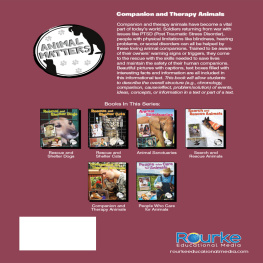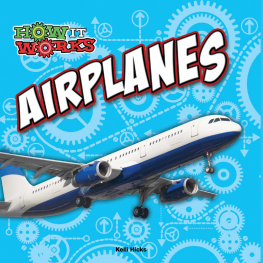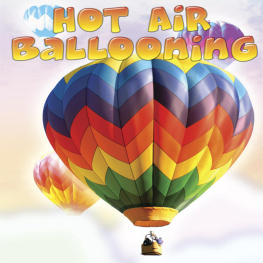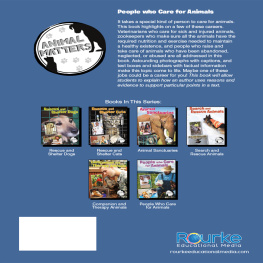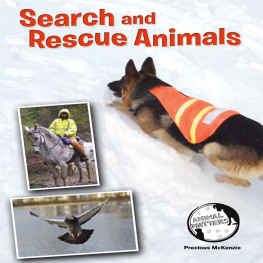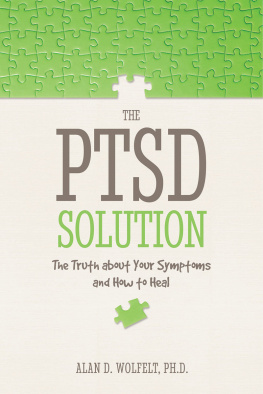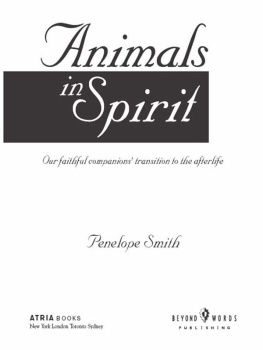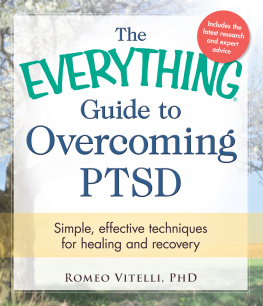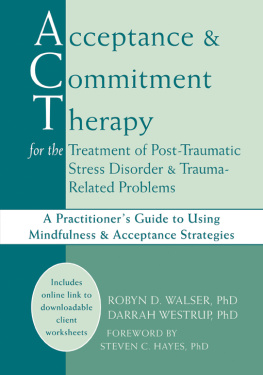Table of Contents
Guide
Companion and Therapy Animals

Kelli Hicks

rourkeeducationalmedia.com | 
Scan for Related Titles
and Teacher Resources |
Before & After
Reading Activities | Level: MWord Count: 100th word: often |
Before Reading:
Building Academic Vocabulary and Background Knowledge
Before reading a book, it is important to tap into what your child or students already know about the topic. This will help them develop their vocabulary, increase their reading comprehension, and make connections across the curriculum.
1.Look at the cover of the book. What will this book be about?
2.What do you already know about the topic?
3.Lets study the Table of Contents. What will you learn about in the books chapters?
4.What would you like to learn about this topic? Do you think you might learn about it from this book? Why or why not?
5.Use a reading journal to write about your knowledge of this topic. Record what you already know about the topic and what you hope to learn about the topic.
6.Read the book.
7.In your reading journal, record what you learned about the topic and your response to the book.
8.After reading the book complete the activities below.
Content Area Vocabulary
Read the list. What do these words mean?
anxious
comfort
companion
extensive
handler
impairments
navigate
protective
seizure
service animals
temperament
verbal
After Reading:
Comprehension and Extension Activity
After reading the book, work on the following questions with your child or students in order to check their level of reading comprehension and content mastery.
1.Why do service animals wear a vest? (Asking questions)
2.Where do companion and service dogs usually come from? (Summarize)
3.Do you have a pet? How does your pet make you feel? Share with us. (Text to self connection)
4.Why is the temperament of an animal a factor when selecting companion or service animals? (Inferring)
5.How can a service animal help during a handlers seizure? (Summarize)
Extension Activity
Are there therapy animal organizations near you? Look up your state at www.therapydoginfo.net/organizations.html and see what organizations are offered. What services are provided? What types of animals offer these services? What are some ways you can help? Create awareness by creating a poster educating others about therapy animals and ways they can help.
Chapter 1
What is a Companion?
A beautiful reddish-orange dog wags his tail in a friendly manner. The golden retriever is obviously well cared for, neatly groomed, and the dog looks content. The vest the dog is wearing, however, shows that he is not your usual pet. This retriever is a working animal. A special who is in a wheelchair and sometimes needs help to take care of day to day activities. Some people use animals as companions to help make their lives better.


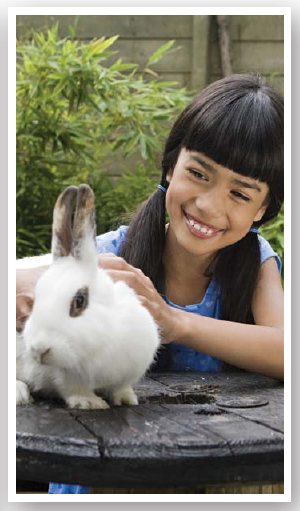

Medical professionals have long recognized that animals can assist people with physical disabilities, including people who are blind or deaf.
There are many different kinds of working animals. Most often, dogs are the helpers. But cats, horses, dolphins, birds, rabbits, lizards, and even elephants can work as companion or therapy animals.

FURRY FACT
Animals can make a big difference to children with autism or Aspergers. Therapy with horses has many benefits including helping children relax, developing motor skills, and stimulating communication.
Service dogs are also trained to provide assistance to children with autism or Aspergers. They can help calm a child or protect a child who wanders.

Chapter 2
Becoming a Companion
How does an animal become a companion? Most often, volunteers rescue animals from shelters or save them from a home where they experienced neglect or abuse. Sometimes the animals are purchased from select breeders. Volunteers or foster families then begin specialized training to prepare the animals to be companions. Some animals are better suited to the job of a companion than others. Most companion dogs are Labrador or golden retrievers, although other dogs can be trained as well.

It can take up to 6 months of training for a dog to be certified as a companion animal. And an additional training session with the companion the animal is matched with to see if they are compatible.

This service dog is wearing a special harness but it is important to realize that not all service animals wear special harnesses or vests.
. Their job is to provide care and assistance, not to be a guard animal.

Service dogs are mild-mannered dogs. When you see them out, they are calm. They dont bark or chase after other dogs.
A TRIBUTE TO YUKON
Everybody needs to feel loved, to have someone they can depend on and trust. For many elementary school students, Yukon was that friend. Every day that Yukon reported to work, he understood his kids and treated them with love and would listen to them read. By the way, Yukon is a dog. He is a highly trained certified therapy dog who worked wonders with low achieving readers.

